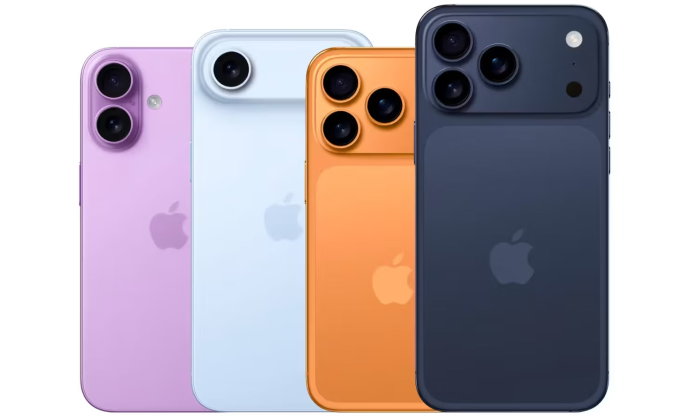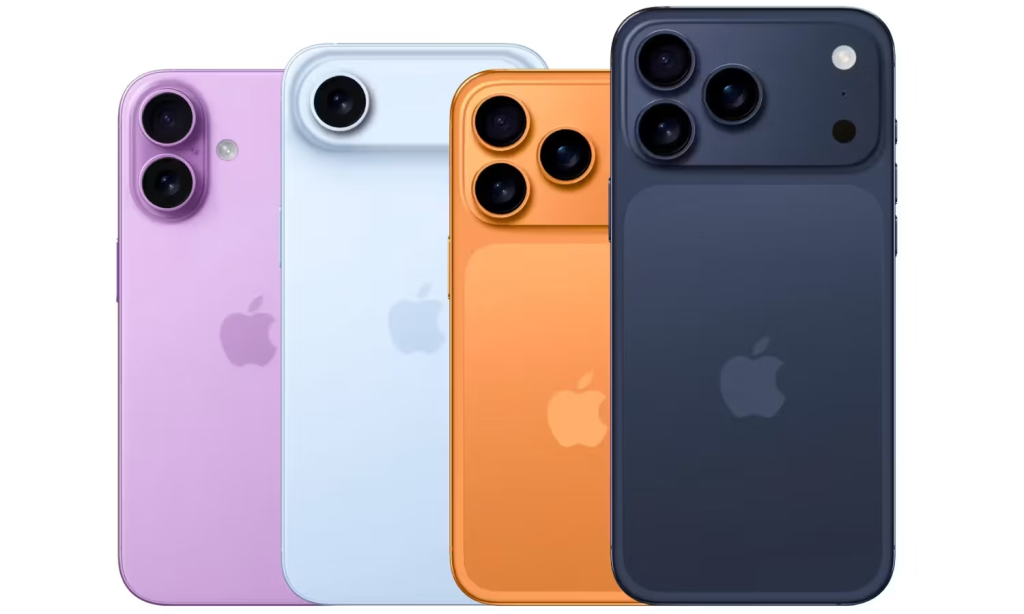
Is that leap from your current iPhone to the iPhone 17 truly worth it? Apple’s new generation from the budget to the Pro Max offers a mix of hardware additions, camera advancements, and battery life enhancements aimed at closing the gap between the Pro and non-Pro phones. But the decision to upgrade isn’t merely about what’s new; it’s about whether or not the changes will greatly impact your daily use.
For smartphone connoisseurs, the iPhone 17 series is one of the most balanced upgrades in years. The base model now inherits features once reserved for Pro buyers, while Pro models rectify long-standing areas of compromise with thermal capabilities and telephoto support. From scratch resistance equivalent to sapphire to a rearchitectured zoom system, each upgrade has a specific audience. Here’s the lowdown on the most significant upgrades and how they might tip the scales for your next purchase.
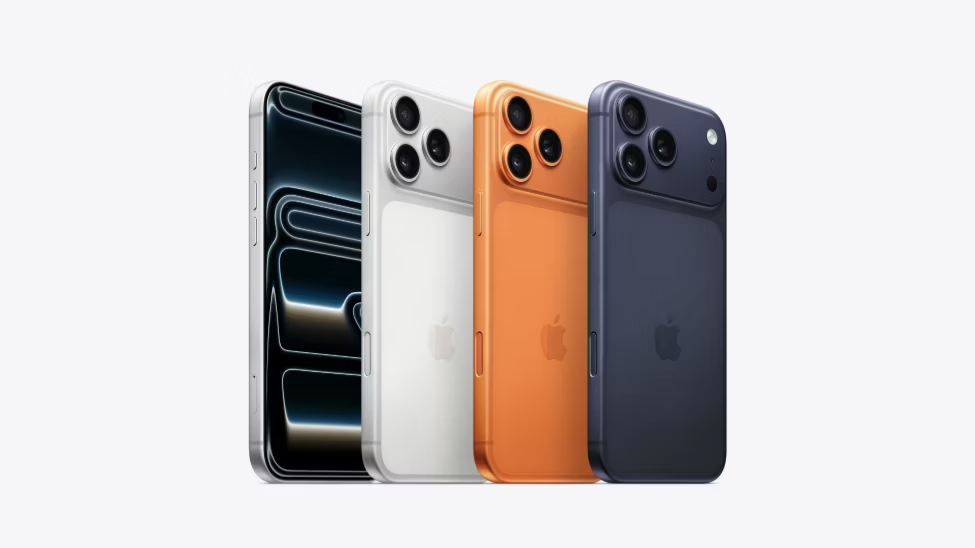
1. Ceramic Shield 2 and Unparalleled Durability
Apple’s new second-generation Ceramic Shield glass is a defining aspect across the iPhone 17 series. Independent stress tests like JerryRigEverything scratch tests showed zero scratches at level 6 hardness and only faint impressions at level 7 a leap from earlier iPhones. Bending tests had the ultra-thin Air model resisting over 215 pounds of point force before giving way, and even then, the touch screen remained functional.
Drop tests of the iPhone 17 Pro revealed fewer cracks and enhanced structural strength than for the iPhone 16 Pro Max. Although no phone is impossible to crack, these tests suggest a longer interval before aesthetic or functional problems arise. For individuals who carry phones for several years, this enhanced durability could be a compelling reason for a replacement.
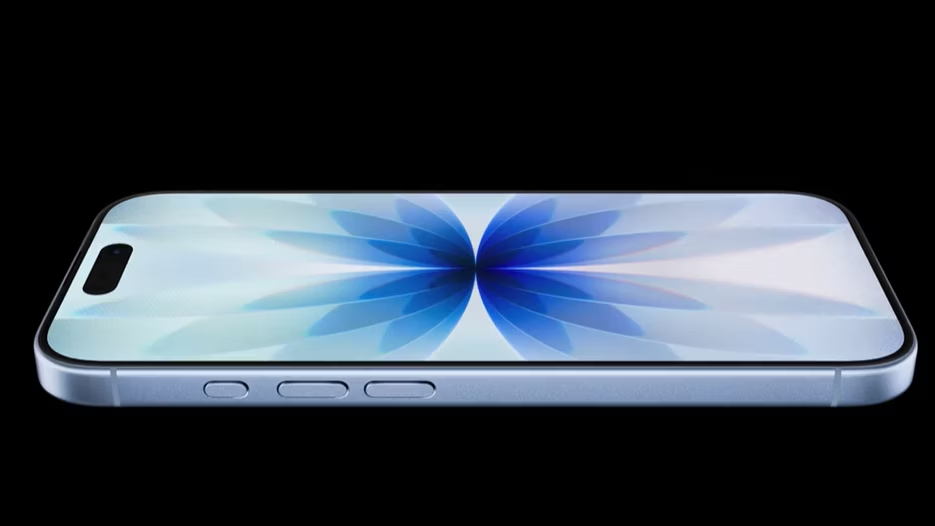
2. Display Benefits That Obscure the Pro Line
The regular iPhone 17 is now equipped with a 6.3‑inch ProMotion display featuring 1–120Hz adaptive refresh, a peak brightness of 3,000‑nits, and an anti‑reflective coat previously exclusive to Pro models. Bezels are minimized, and the always‑on screen is lastly offered to non‑Pro buyers.
To the iPhone 16’s 60Hz display and 2,000‑nit cap, the visual gain is tangible in the sunshine and during scrolling. For those who value silky animations, HDR content, or glanceable information without waking the device, this is an enormous quality‑of‑life improvement.
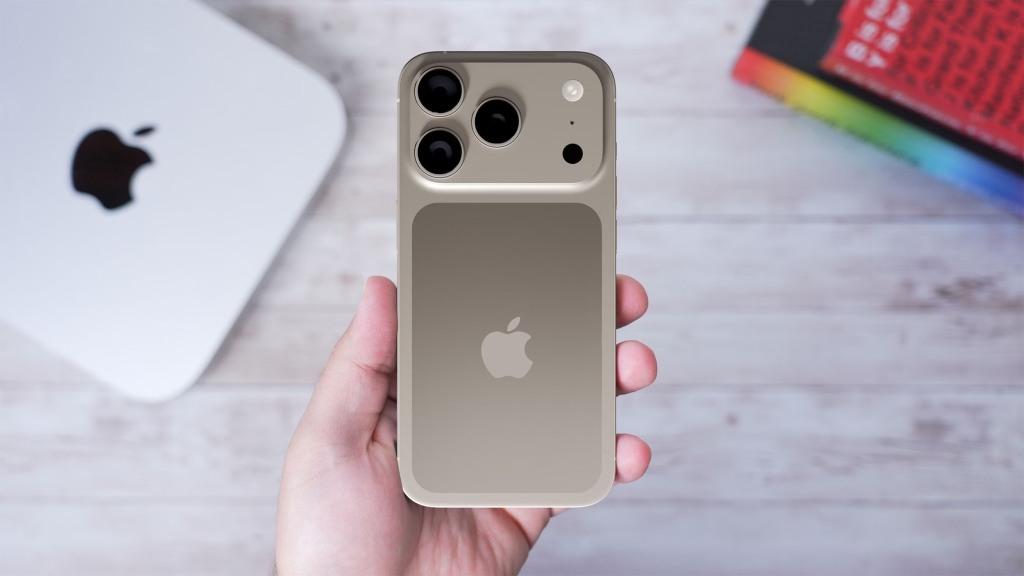
3. Camera Overhaul With 48MP Across the Board
All of the rear lenses on the iPhone 17 series now have a 48‑megapixel sensor, like the ultrawide on the base model. The new 18MP Center Stage front camera has a square sensor, allowing for seamless portrait‑to‑landscape pivoting without having to turn the device, and automatic framing to fit all subjects.
On the upside, Apple replaced the 5x telephoto with a 4x 48MP tetraprism that offers improved resolution and enables 8x cropped zoom at levels of optical quality. Early field tests suggest the 4x focal length is more practical for portraits and landscapes, and more resolution is handier when edited a significant difference for photographers frustrated by last year’s 5x limitation.
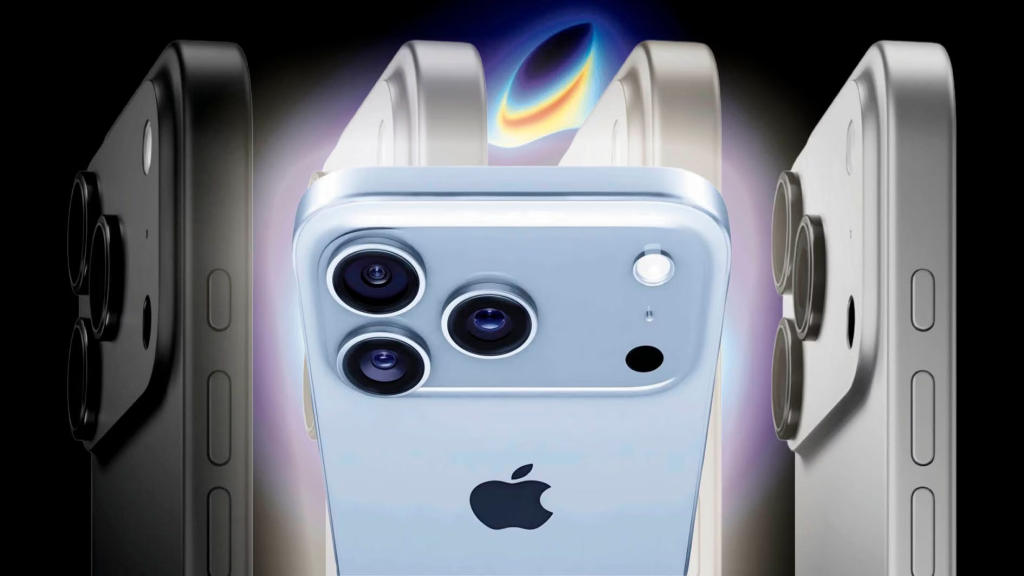
4. A19 and A19 Pro Chipsets Fill the Gap with Competitors
With a 3nm process base, the A19 on the base model and A19 Pro on the Pro variants supply measurable CPU and GPU gains. In Geekbench multicore tests, the A19 Pro scored around 9,988, a 20% gain over the A18 Pro and rivaling Snapdragon 8 Elite flagships. Graphics rendering powered ahead of Samsung’s Galaxy S25 Ultra in 3DMark Solar Bay Unlimited to 46.4 fps.
The Pro models also feature vapor chamber cooling to boost extended performance in gaming and 4K video capture. Power users will appreciate these GPU and thermal enhancements since the iPhone 17 Pro lineup is the most powerful Apple phones yet for heavy-duty workflows.
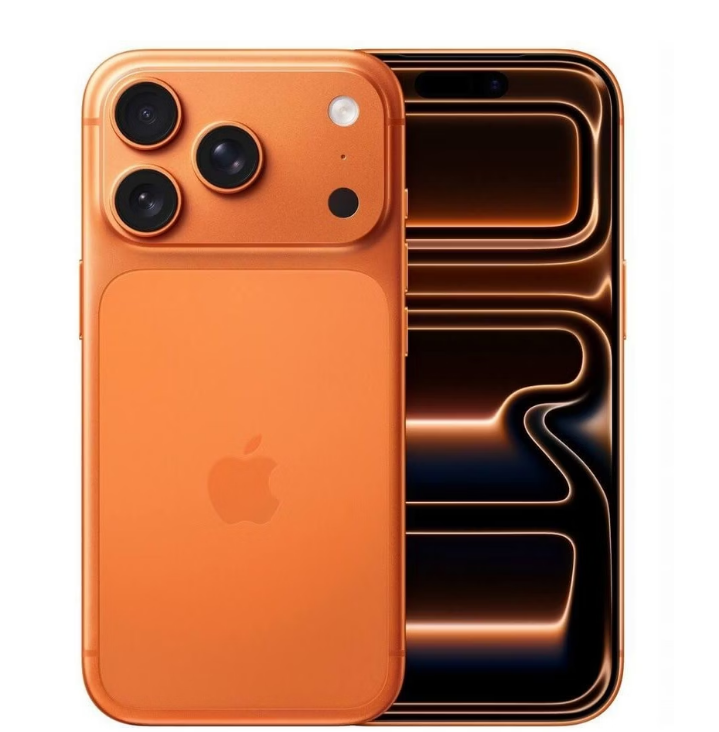
5. Battery Life and Charging Enhancements
In ongoing tests of streaming YouTube, the iPhone 17 Pro Max lasted 7h 58m roughly 30 minutes longer than the iPhone 16 Pro Max. The budget-to-bottom-line iPhone 17 recorded well over 24 hours of controlled playback tests, outpacing numerous Android equivalents. The Air, while thinner, trailed with roughly 6h 43m in similar tests.
Wired charging is capped at 30W on the base model and 40W on the Pro Max, and MagSafe and Qi2 wireless charging at 25W. These boosts aren’t going to alter behavior but will eliminate minutes of charge time, especially when using Apple’s new variable-rate charger.
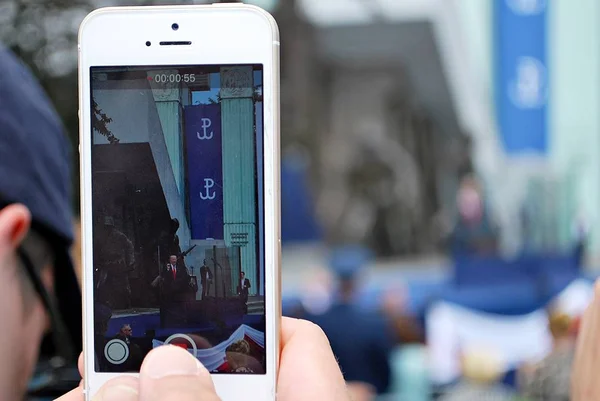
6. Pro-Level Video Features for Creators
17 Pro models feature ProRes RAW video capture although to external storage and Open Gate recording for greater flexibility in post-production reframing. More shadow information is saved by the new Apple Log 2 profile, and dual-capture video from front and back cameras is an across-the-line feature.
While ProRes RAW is a premium for a subset of pro editors, the improved stabilization on the 4x lens and the selfie camera’s higher-quality video output will be welcome by vloggers and mobile filmmakers. Most will continue to opt for Apple’s 10‑bit Log as the more practical high-end option.
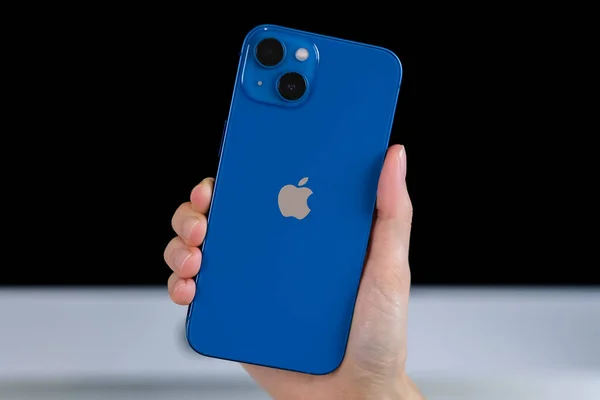
7. Who Should Upgrade and Who Can Wait
iPhone 13 or 14 owners will see revolutionary advances in display technology, camera resolution, processor speed, and durability making the iPhone 17 a no-brainer. iPhone 15 buyers have a more difficult choice: without Apple Intelligence exclusives or the new display, waiting a year is tempting.
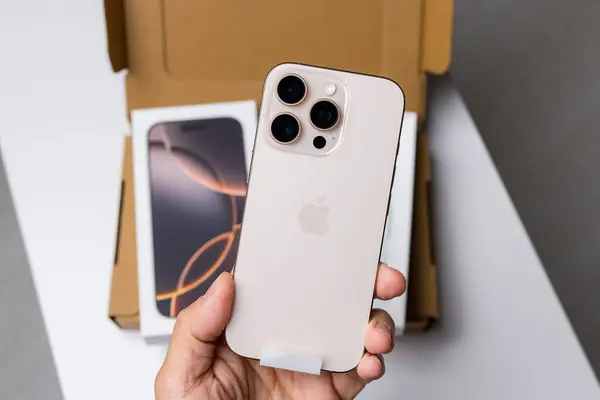
For iPhone 16 Pro and Pro Max users, the decision hinges on two new features: the improved 4x telephoto and the vapor chamber cooling. If overheating or telephoto softness is the point of concern, the 17 Pro series addresses both issues directly. Otherwise, the upgrade can be delayed with little loss.
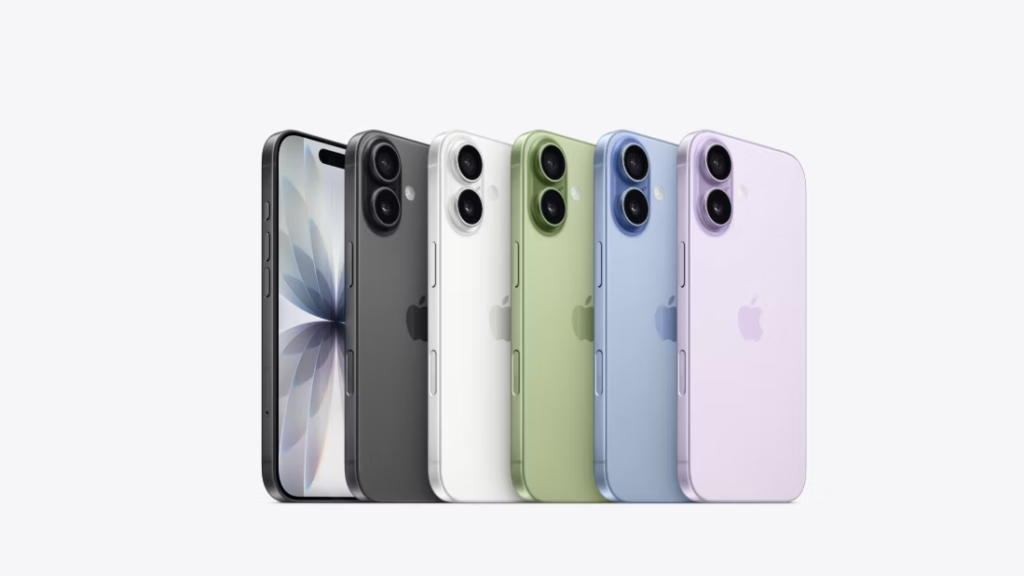
Apple’s 2025 lineup is more a matter of strategic fine-tuning rather than one of revolutionary change. By pushing Pro-level functionality down to the least expensive model and addressing some of the pain points within the Pro line, the iPhone 17 family offers some reasons to move up but only for those whose current device falls short in those areas. To everyone else, the build and performance enhancements will remain here a year from now.
